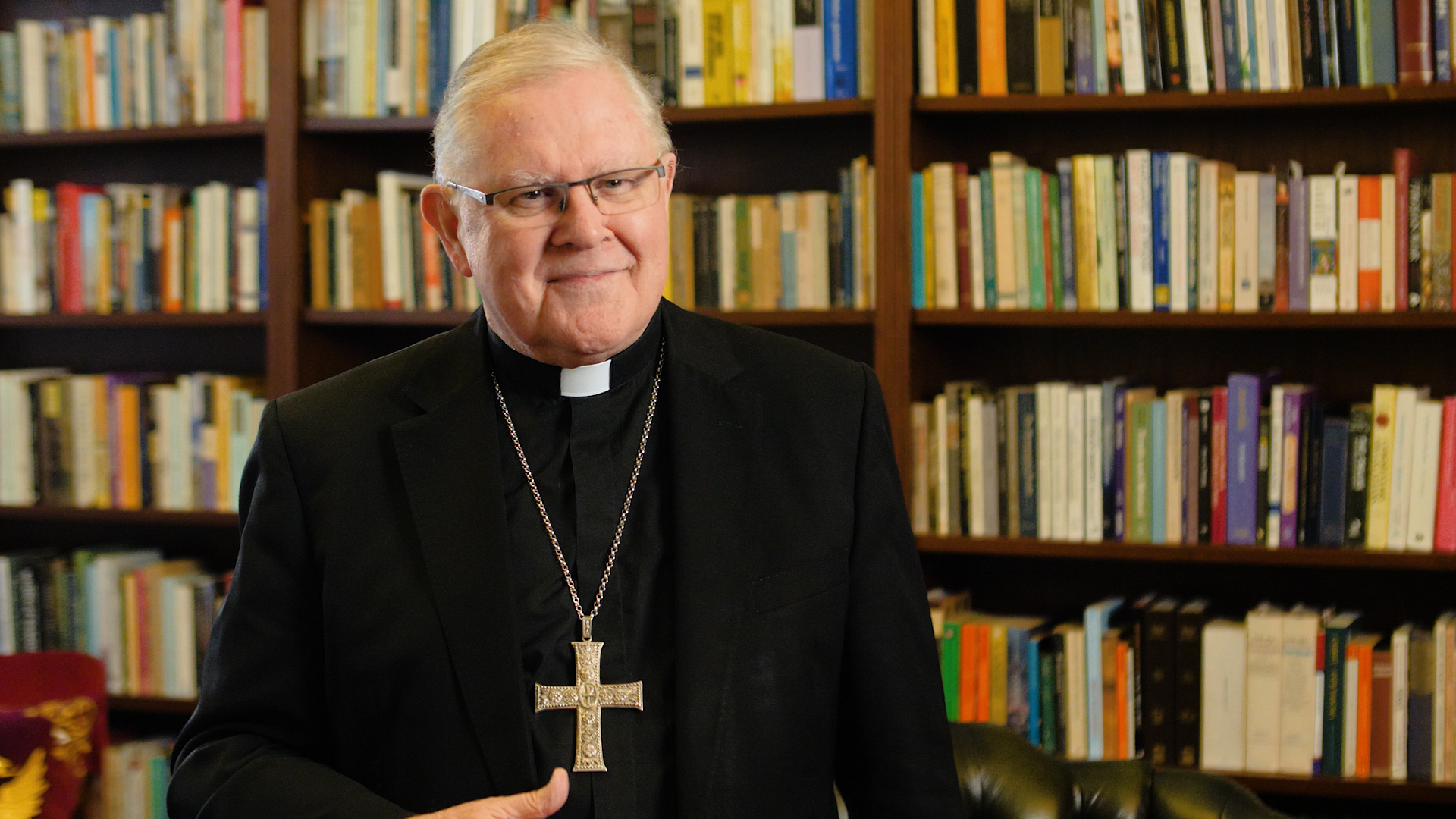Just recently I was on pilgrimage in the Holy Land and yet again I was struck by the topography of Jerusalem, the Holy City. By the topography I mean the landscape. It really is a city made not exactly for mountain goats, but for those with sturdy legs, which Jesus surely had. It really is a city of up hill and down dale. A city of mountains and valleys. The shape of the place, the Holy City, is reflected in the shape of the story that has carried us through this Holy Week. Last Sunday we began with Palm Sunday , and we started in the place called Beth vage, which is right up on top of one of the mountains; the Mount of Olives. There Jesus got up onto the donkey and he rode down in triumph; down the Mount of Olives and into the Kedron valley. Then we are told he rode up from the valley onto the hill of Jerusalem and into the city. So down and up he went. On Holy Thursday Jesus goes to another of the mounts, to Mount Sion, and he goes into the ‘upper room”. After dinner there her goes down into the garden of Gethsemane, returning to the Kedron valley. After his arrest he is then taken back up into the city to the house of the High Priest and eventually to the Antonia Fortress to face the Roman Governor, Pilate, in the Praetorium. Then on Good Friday Jesus goes up, this time to the mount of Calvary. Up onto the hill, the hill of death, and still higher up onto the cross. Once he has died he is taken down from the cross. Down he goes, and he’s laid in the tomb. All of these ups and downs, the pace and the story, look to the great event of today, the event, indeed the fact, which brings the story of this week to its triumphant conclusion. This is the moment when Jesus rises up from that tomb in which he had been laid. This then, Easter, is the great “up” beyond which there is no “down”.
As Paul says, “the lamb, once slain, now lives forever.” Death has no more power over him. And this language of “up”, of “rising”, will continue when in 40 days time the church will celebrate his ascension of Christ. The moment that completes his earthly journey and he returns to the father from whom he had come.
So the place, Jerusalem, becomes a story, but more importantly and powerfully for us, the story becomes a promise here and now, and a promise to each one of us who gather in the light of the risen Christ. Easter is the moment when we face into our “down” times, the dark times, and we take hold of a promise. We make it our own. The promise that ensures that Easter isn’t “once upon a time” but it is here and now. It’s not hard to name the “down” times of our life. The times when hopes, whatever they may be, are shattered. The times where things seem hopeless. For example a broken relationship and the sense of betrayal which that may bring; even a failed marriage and all the sorrow which that brings; the death of a loved one; physical or mental illness; bodily or emotional pain; loss of a job and the threat of financial insecurity; some public shame or some private failure, and the list could go on. Yet look into the darkness now, in the bright light of Easter because the promise of today is that these “down” times, the darknesses, are not the end of the story however much they may seem to be. No matter how “down” we may be, how far we may sink into seeming hopelessness, we can rise. That is the promise that is made to you today by the God who raised Jesus from the dead. There is no darkness, however deep and final it may seem, from which new light, this light of the Easter candle, cannot be born.
In the reading this morning we heard from the Acts of the Apostles, it was said of us that we are witnesses of these things. What are the things that we have seen and heard, because we can only be witnesses if we have seen something? What we have heard in the darkness is the voice of the risen Christ whose words are always when he first rises from the dead, “Peace be with you”. “I have been to the very depth of darkness, I’ve seen the worst, you have nothing to fear. Take hold of the promise. Make it your own. Peace be with you. ” That’s what we have heard. We have also seen him just as those first disciples saw him. Risen from the dead against all expectations and against their wildest hopes. They saw him, heard him, touched him., even ate with him. We have seen the same Jesus who is here and now every bit as much as he was on that first Easter morning. So because we have seen him , and because we have heard him, he says to us you, here, now, are my witnesses. We are witnesses to the truth of the promise that there is no “down” from which we cannot rise, there is no darkness from which new light cannot be born. Amen.
Most Rev Mark Coleridge
Archbishop of Brisbane
April 20, 2014
